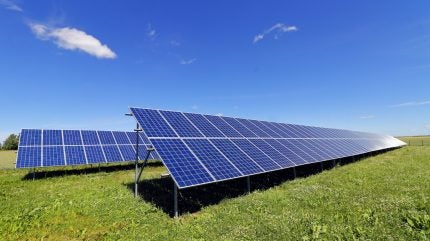
China’s National Development and Reform Commission (NDRC), in conjunction with the nation’s energy administration, is taking steps to roll back subsidies for renewable energy projects, as reported by Reuters.
China experienced a record-breaking increase in solar installations in 2024, with a 45% rise from the year before.
The country now has almost 887GW of installed solar power, six times greater than that of the US, according to data from the International Renewable Energy Agency.
The unprecedented growth in renewable installations has enabled China to achieve its 2030 clean energy targets six years early.
The latest developments coincide with US President Donald Trump’s move to exit the 2015 Paris climate agreement and focus on oil and gas capacity.
More than 40% of China’s total energy generation capacity now comes from clean energy sources, partly due to a pricing system that ensured fixed rates for renewable energy sold to the grid, according to the NDRC.
The NDRC said in a statement: “The cost of new energy development has dropped significantly compared to earlier stages.”
However, it indicated that projects completed after June 2025 will transition to a “market-based bidding” system for electricity payments.
The agency anticipates that this shift will not affect residential or agricultural power prices and that industrial and commercial operations will see “basically the same” costs.
The NDRC is coordinating with local governments to implement the new pricing strategy. Specific details of the formula remain undisclosed.
The reduction in subsidies could place additional strain on China’s solar industry, which is already grappling with overcapacity and plummeting panel prices that threaten the viability of smaller manufacturers.
In January 2025, China ramped up its grid investment to support the expansion of renewable energy – the first time since 2018 that its annual grid spending has surpassed generation projects.
This boost aims to ensure the efficient delivery of clean power to homes and businesses.


